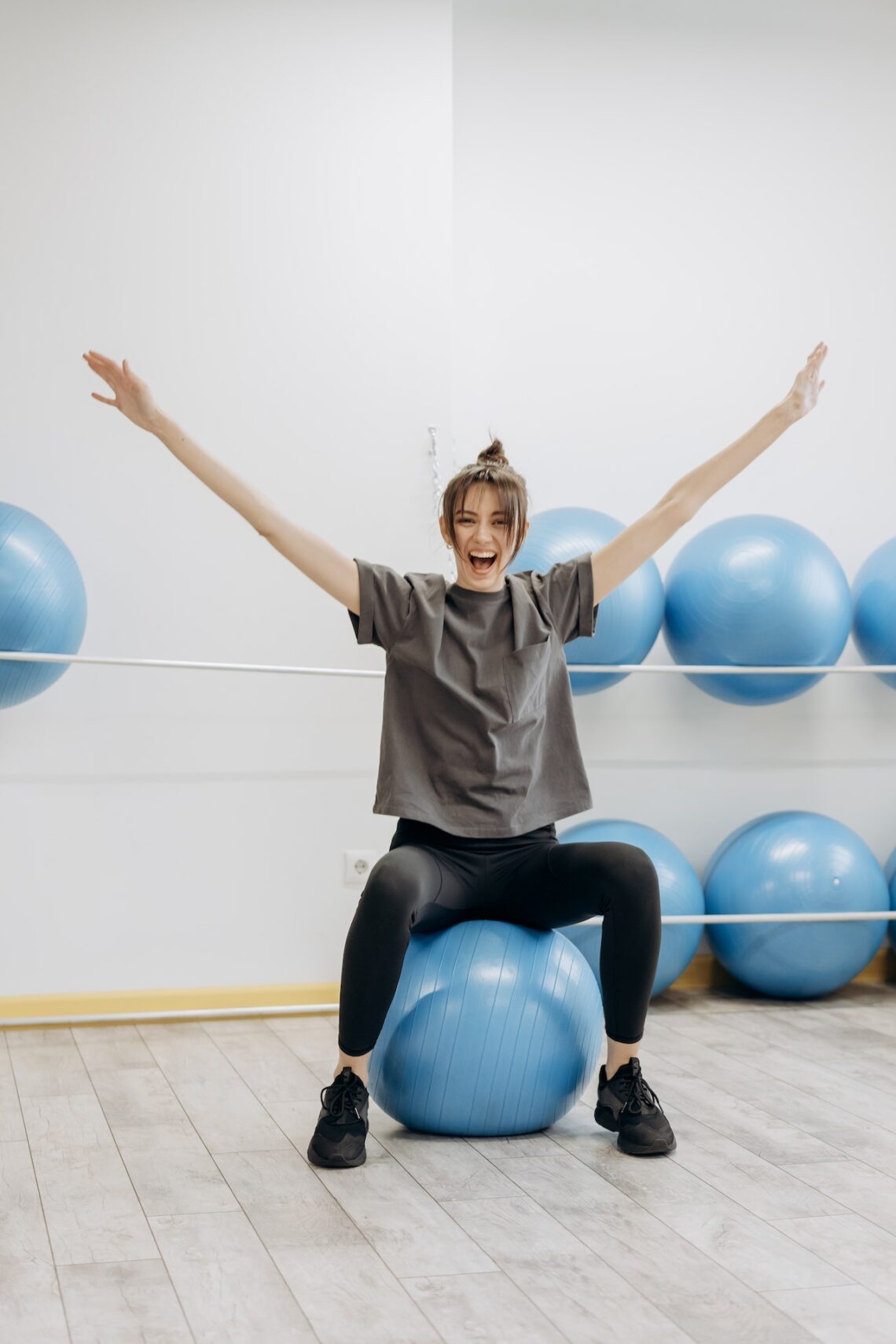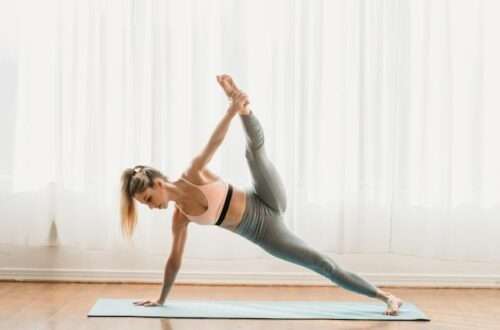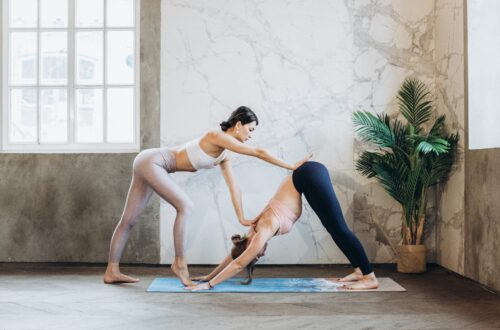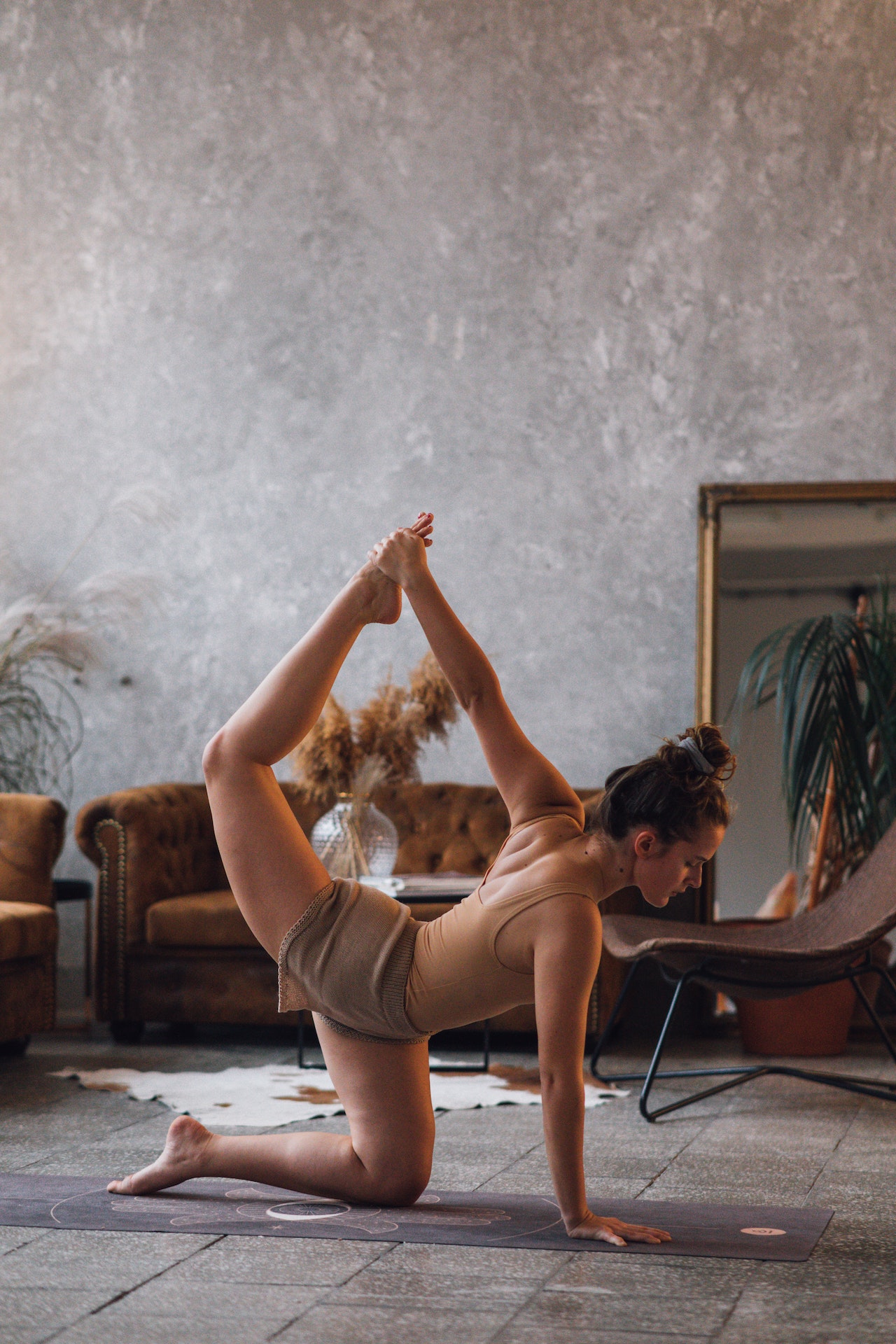
Pilates vs Yoga: Which will give you a better workout?
When it comes to mind-body practices, Pilates and yoga are two popular options that offer numerous benefits for physical fitness and overall well-being. While both disciplines emphasize strength, flexibility, and mindfulness, there are distinct differences between them.
In this blog, we will delve deeper into Pilates vs. yoga, helping you understand their unique characteristics and guiding you toward choosing the practice that best suits your needs and preferences.
What is Pilates?
Early in the 20th century, Joseph Pilates created the low-impact exercise program known as Pilates. It focuses on strengthening the core muscles and improving flexibility, balance, and posture.
Pilates exercises are usually done on a mat or with special equipment such as a Reformer, Cadillac, or Chair. Pilates emphasizes proper alignment, precise movements, and controlled breathing to develop a strong and stable core, improve posture, and enhance overall body strength.
What is Yoga?
Yoga is a practice that originated in ancient India and has been around for over 5,000 years. It is a holistic system that includes physical postures, breathing techniques, and meditation.
Yoga postures, or asanas, are designed to increase strength, flexibility, and balance, as well as reduce stress and improve mental clarity. There are many different styles of yoga, ranging from gentle and meditative to vigorous and challenging.
Differences between Pilates and Yoga
While Pilates and yoga share some similarities, there are several key differences between the two practices that may influence your decision about which one is better for you.
Focus:
Pilates primarily targets core strength and stability, while yoga focuses on flexibility, balance, and overall body strength. If you seek a workout that emphasizes core conditioning and alignment, Pilates may be the ideal choice.
If you prefer a practice that combines physical postures with meditation and spiritual aspects, yoga might be more appealing.
Equipment:
Pilates often utilizes specialized equipment like the reformer, Cadillac, and chair, providing resistance and support for exercises.
Yoga typically requires minimal equipment, with most practices relying solely on a yoga mat. The need for equipment may influence your decision based on availability and accessibility.
Movement Style:
Pilates exercises involve controlled, precise movements with a focus on proper alignment and muscle engagement.
Yoga incorporates flowing movements, holding poses, and transitioning between them gracefully. Consider your preference for structured movements (Pilates) or fluid sequences (yoga) when choosing your practice.
Breathing Techniques:
Both Pilates and yoga emphasize conscious breathing techniques, but the approaches differ. Pilates incorporates specific breathing patterns to enhance core engagement and movement efficiency.
Yoga places more emphasis on various breath control techniques (pranayama) to balance energy and promote relaxation.
Mind-Body Connection:
Both practices promote a mind-body connection, but yoga places greater emphasis on meditation and mindfulness.
Yoga often includes meditation or relaxation exercises, fostering mental calmness and inner awareness. Pilates focuses more on physical alignment and body mechanics.
The Health Benefits Of Pilates
Pilates offers several benefits for the body and mind. Here are Some:
Core Strength:
Pilates focuses on strengthening the core muscles, including the abdominals, back, and pelvic floor. Improved core strength contributes to better posture, stability, and overall body strength.
Increased Flexibility:
Pilates exercises incorporate stretching and lengthening movements, which help improve flexibility and range of motion in the muscles and joints.
Improved Body Alignment:
Pilates emphasizes proper alignment and postural awareness, which can lead to improved body mechanics and a reduced risk of injuries.
Enhanced Body Awareness:
Pilates promotes body awareness by encouraging mindful movements and focused attention on the body. This heightened awareness can translate to better control and coordination in daily activities.
Balanced Muscle Development:
Pilates exercises target both the larger and smaller muscle groups, promoting balanced muscle development throughout the body. This balanced approach can prevent muscle imbalances and enhance overall strength and stability.
The Health Benefits Of Yoga
Yoga also has many benefits for the body and mind. Here are Some:
Flexibility and Range of Motion:
Yoga involves a variety of poses that promote flexibility, stretching, and an increased range of motion. Regular practice can lead to improved flexibility in muscles and joints, enhancing overall mobility.
Strength and Muscle Tone:
Yoga poses require engaging and holding various muscle groups, which helps build strength and muscle tone. The combination of bodyweight exercises and balancing poses contributes to increased muscular strength.
Stress Reduction and Relaxation:
Yoga incorporates breathing techniques, meditation, and relaxation exercises that can significantly reduce stress, calm the mind, and promote relaxation. Regular practice can enhance overall well-being and contribute to better mental and emotional health.
Improved Balance and Stability:
Yoga poses often involve balancing and weight-bearing movements, which can improve balance, coordination, and stability. Enhanced balance translates into better posture and a reduced risk of falls or injuries.
Mind-Body Connection:
Yoga emphasizes the connection between mind, body, and breath. Through mindful movement and focused attention, practitioners can develop a deeper sense of self-awareness, inner peace, and a greater connection to their bodies.
Increased Energy and Vitality:
Regular yoga practice can boost energy levels and improve overall vitality. The combination of physical movement, deep breathing, and relaxation techniques can help invigorate the body and promote a sense of rejuvenation.
Improve overall health and well-being.
Which is the better option for you?
The choice between Pilates and yoga depends on your personal preferences, goals, and physical abilities. Both practices offer unique benefits and can be beneficial for different individuals.
Here are some factors to consider when determining which one may be better for you:
Fitness Goals:
If you are primarily seeking core strength, improved posture, and body awareness, Pilates may be a better fit.
On the other hand, if you are looking for increased flexibility, balance, stress reduction, and a holistic approach to well-being, yoga may be more suitable.
Physical Condition:
Consider any existing injuries or physical limitations you may have. Pilates can be a great option for rehabilitation and strengthening specific muscle groups.
Yoga, with its focus on flexibility and gentle movements, can also be adaptable for individuals with certain physical limitations.
Personal Preference:
Think about your preferences for movement and exercise styles. Pilates tends to have a more structured and controlled approach, while yoga incorporates flowing movements and offers a variety of styles and intensities.
Choose the practice that resonates with you and that you enjoy, as this will increase your motivation to stick with it.
Mind-Body Connection:
If you are interested in incorporating mindfulness, meditation, and breathwork into your practice, yoga may be the better choice.
Yoga often places more emphasis on the mind-body connection and can provide a deeper sense of relaxation and inner awareness.
Conclusion
Ultimately, there is no definitive answer as to which practice is “better” since it depends on individual preferences and goals. Some individuals may find that a combination of Pilates and yoga suits them best, as each practice offers unique benefits.
If you seek core strength, body awareness, and precise movements, Pilates may be a better fit. If you desire flexibility, balance, relaxation, and a holistic approach to wellness, yoga might be more suitable.
Consider trying both and exploring different styles to find what resonates with you and supports your overall well-being.


You May Also Like

Proven Strategies for Effective Weight Loss
4 February 2024
Boost Your Weight Loss with a Quick and Effective 15-Minute Cardio Workout
13 October 2024
